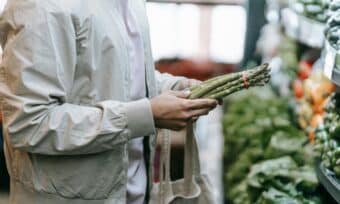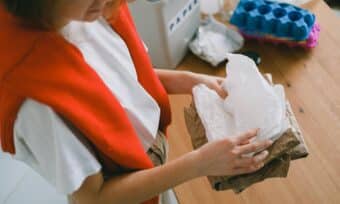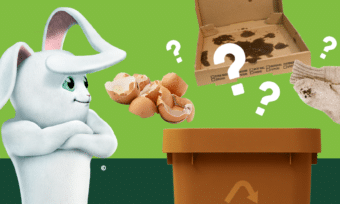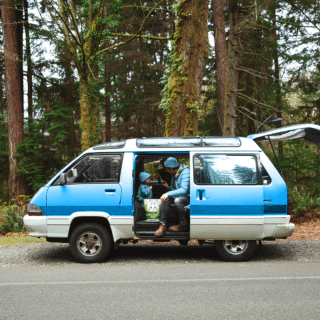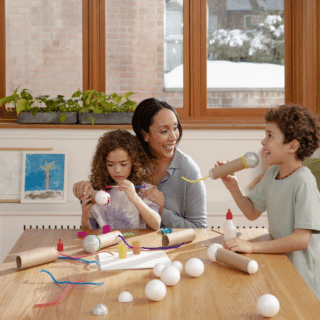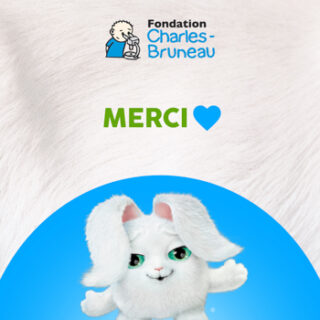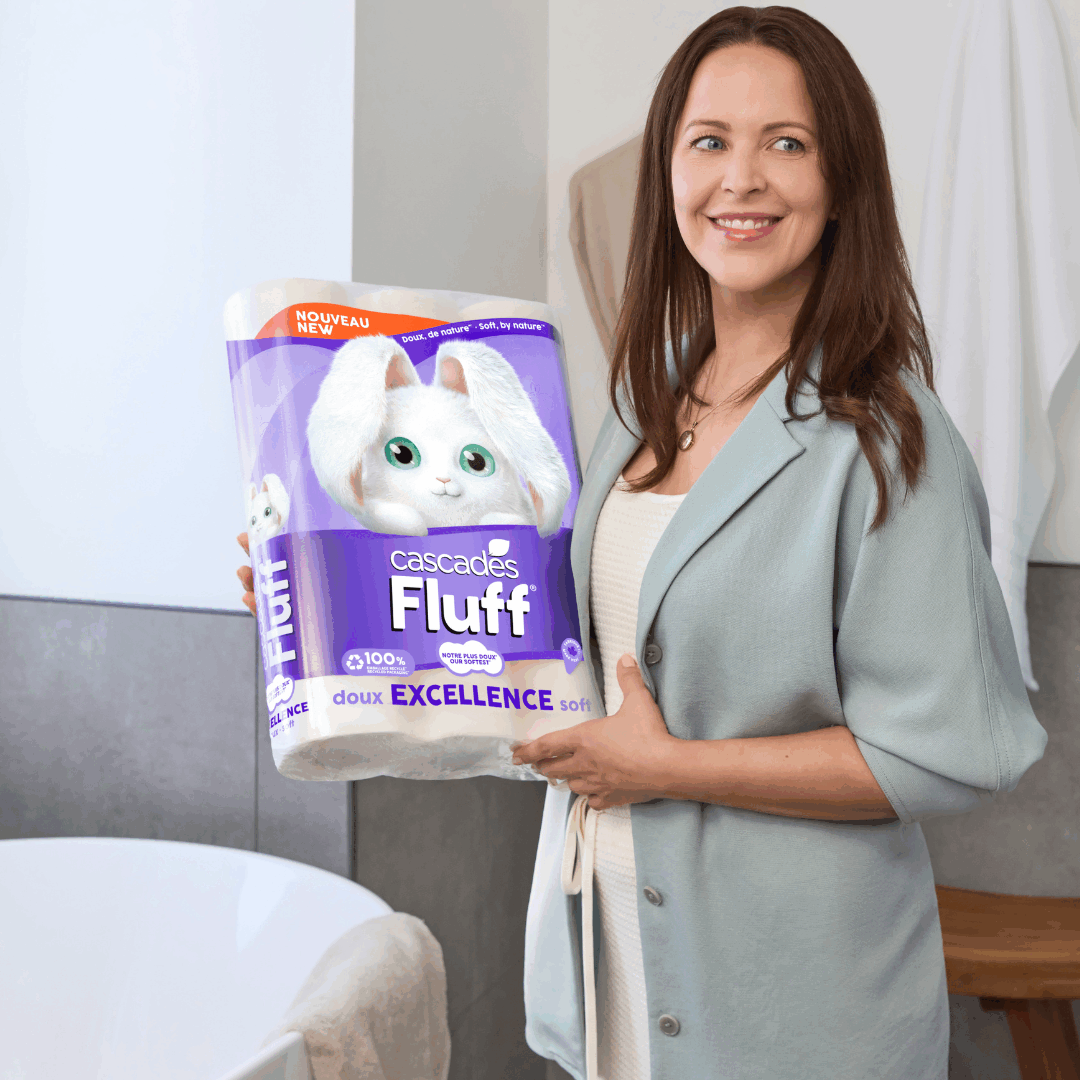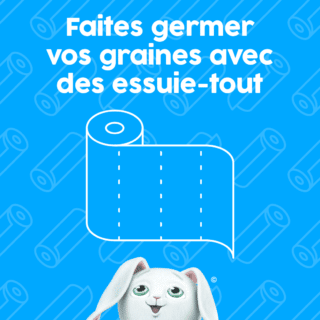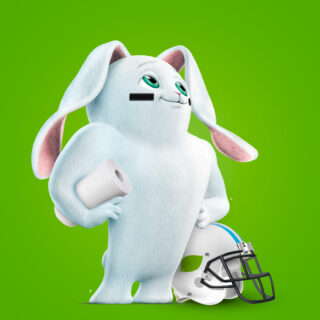
In a world where protecting the environment has become essential, it is crucial to understand what recyclable packaging is. In Quebec, awareness of waste management and the use of recyclable products is increasingly important. This article aims to clarify the notion of recyclable packaging, a term that is often used but not always fully understood.
From aluminum to bottles, including cardboard, let’s discover together the characteristics and importance of recyclable packaging in our daily lives.
Understanding what makes packaging recyclable
The criteria that determine whether packaging is recyclable are not always obvious. To help you understand better, let’s explore some fundamental aspects.
A container is considered recyclable if it can be reprocessed and transformed into new recyclable products or raw materials. To determine whether this is the case, several factors must be considered:
- Material: Certain materials, such as cardboard, aluminum foil, and some forms of plastic, are easier to recycle. Plastic packaging, in particular, often has to be PETE to be considered recyclable.
- Processing: The packaging must be able to be easily sorted and processed at recycling facilities. Items such as adhesive tape or metallized packaging can complicate the process.
- Purity: Contamination from food residue or other waste can make some packaging non-recyclable.
Understanding these elements not only makes better waste management possible, but also contributes to a significant reduction in its volume. By choosing packaging that meets these criteria, consumers play an active role in the recycling cycle.
Practical tips for consumers
How can you identify recyclable packaging?
For Quebec consumers, this step can sometimes seem like a challenge, even as the quantities of waste in Canada continue to increase. Indeed, according to Statistics Canada, from 2002 to 2018, Canada recorded a 16% increase in solid waste production, going from 30.8 million tons to a total of 35.6 million tons, which is equivalent to an increase of 4.8 million tons—an amount that shows how important waste recycling is in our society. It underscores the urgent need for eco-friendly solutions in managing waste.
Fortunately, there are some simple tips for recognizing recyclable packaging. First, check the recycling symbols. These logos, often located on the bottom of bottles or on plastic packaging, indicate the recyclability of the product. Note that in most cases, only number 6 is not recyclable.
Then, find out about the materials used. Materials such as cardboard, aluminum, and certain plastics (especially PETE) are commonly recycled. Beware of composite or metallized packaging, which can be more difficult to recycle.
What should you put (and avoid putting) in your bin?
The following information is essential for optimizing your waste sorting. It is always recommended to check local recycling guidelines, as regulations may vary from one municipality to the next.
List of recyclable packaging
In your personal recycling bin or the sorting dumpster in your building, you can include a variety of recyclable packaging and materials. Here is a non-exhaustive list:
- Plastic bottles (such as water bottles)
- Unsoiled cardboard boxes (cereal packaging)
- Aluminum cans and utensils
- Non-metallized wrapping paper
- Paper bags and rinsed food containers
List of non-recyclable packaging (varies depending on the municipality)
It is also important to know the types of packaging that are usually rejected in recycling bins:
- Plastic utensils
- Individual yogurt containers
- Foldable transparent boxes for baked goods, such as those used for croissants
- CD and DVD cases
- Coffee tumblers and capsules
- Trays for meat and fish
Adopting more sustainable consumption habits
Adopting more sustainable consumption habits is essential for reducing waste and your carbon footprint. For example, reduce your use of single-use plastic such as plastic bags while favouring alternatives such as paper lunch bags and other reusable packaging.
In addition to these small habits, you can get involved in local initiatives for environmental awareness. With strong, sustainable environmental commitments, each consumer contributes to a healthier environment. Waste management in Canada is constantly evolving, and remaining proactive is crucial to making a difference.
Players and partners in the recycling process
The recycling process for recyclable containers involves many players: families, businesses, cities, and environmental organizations. Families and customers play a role in sorting and raising awareness, businesses offer sustainable packaging solutions, and cities ensure effective plastic waste collection and management.
Partnerships between these different players are essential for optimizing the recycling rate, reducing the volume of waste and carbon emissions. These collaborations contribute to responsible resource management.
The Cascades Fluff & Tuff® commitment to more sustainable packaging
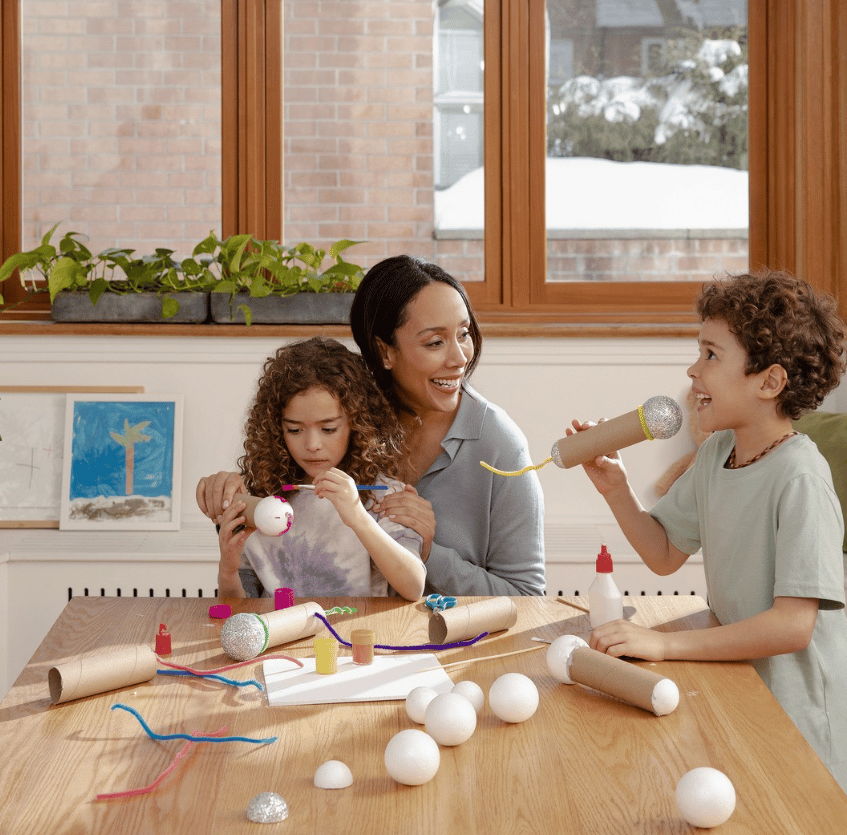
Cascades Fluff & Tuff® positions itself as a key player in the recycling economy in Quebec. The brand is strongly committed to more sustainable packaging and environmentally respectful practices.
By choosing Cascades Fluff & Tuff® Enviro toilet paper and Cascades Tuff® Enviro paper towels, for example, Quebec families actively contribute to reducing waste while benefiting from high-quality products.
By using recycled paper as the raw material for our Enviro and Econo products and creating recycled packaging for all our products, Cascades Fluff & Tuff® affirms itself as a partner of choice for families who are concerned about the environment and want to take part in a greener future in Quebec!
Pssst! If you found our article on recyclable packaging interesting, why not find out more? Visit our other articles for tips on small, everyday green gestures, the importance of sustainable development, and advice on choosing recyclable packaging. Our resources are designed to help you make gentler choices!
